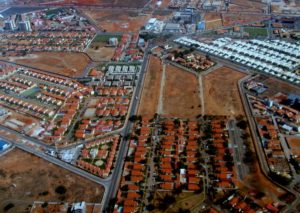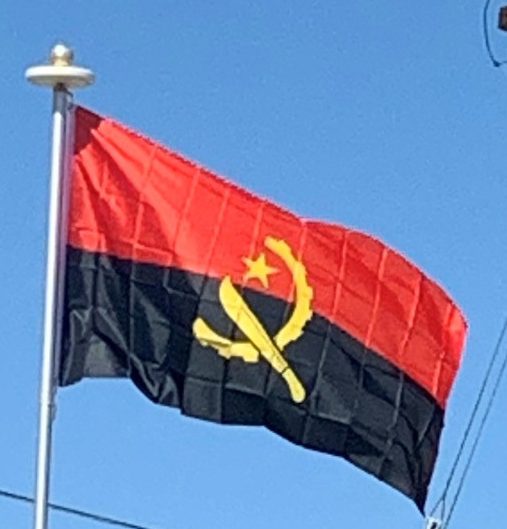China is Angola’s biggest trade partner and export destination as well as the fourth-largest source of imports. Bilateral trade reached $27.67 billion in 2011, up 11.5% year-on-year. China’s imports, mainly crude oil and diamonds, increased 9.1% to $24.89 billion while China’s exports to Angola, including mechanical and electrical products, machinery parts and construction materials, surged 38.8%.
The Economist reported in 2008 that diamonds and oil make up 60% of Angola’s economy, almost all of the country’s revenue and all of its dominant exports. Growth is almost entirely driven by rising oil production which surpassed 1.4 million barrels per day in late 2005 and was expected to grow to 2 million barrels per day by 2007. Control of the oil industry is consolidated in Sonangol Group, a conglomerate owned by the Angolan government. In December 2006, Angola was admitted as a member of OPEC.
Operations in its diamond mines include partnerships between state-run Endiama and mining companies such as ALROSA which operate in Angola.
Although the country’s economy has grown significantly since Angola achieved political stability in 2002, mainly due to fast-rising earnings in the oil sector, Angola faces huge social and economic problems. These are in part a result of almost continual armed conflict from 1961 on, although the highest level of destruction and socio-economic damage took place after the 1975 independence, during the long years of civil war. However, high poverty rates and blatant social inequality chiefly stem from persistent authoritarianism, “neo-patrimonial” practices at all levels of the political, administrative, military and economic structures, and of a pervasive corruption. The main beneficiaries are political, administrative, economic and military power holders, who have accumulated (and continue to accumulate) enormous wealth.

“Secondary beneficiaries” are the middle strata which are about to become social classes. However, almost half the population has to be considered poor, with dramatic differences between the countryside and the cities (where by now slightly more than 50% of the people live).
Before independence in 1975, Angola was a breadbasket of southern Africa and a major exporter of bananas, coffee and sisal, but three decades of civil war (1975–2002) destroyed fertile countryside, left it littered with landmines and drove millions into the cities. The country now depends on expensive food imports, mainly from South Africa and Portugal, while more than 90% of farming is done at the family and subsistence level. Thousands of Angolan small-scale farmers are trapped in poverty.
The enormous differences between the regions pose a serious structural problem for the Angolan economy, illustrated by the fact that about one third of economic activities are concentrated in Luanda and neighboring Bengo province, while several areas of the interior suffer economic stagnation and even regression.
Angola has upgraded critical infrastructure, an investment made possible by funds from the nation’s development of oil resources. Just slightly more than ten years after the end of the civil war Angola’s standard of living has overall greatly improved. Life expectancy, which was just 46 years in 2002, reached 51 in 2011. Mortality rates for children fell from 25 percent in 2001 to 19 percent in 2010 and the number of students enrolled in primary school has tripled since 2001. However, at the same time the social and economic inequality that has characterized the country since long has not diminished, but on the contrary deepened in all respects.
